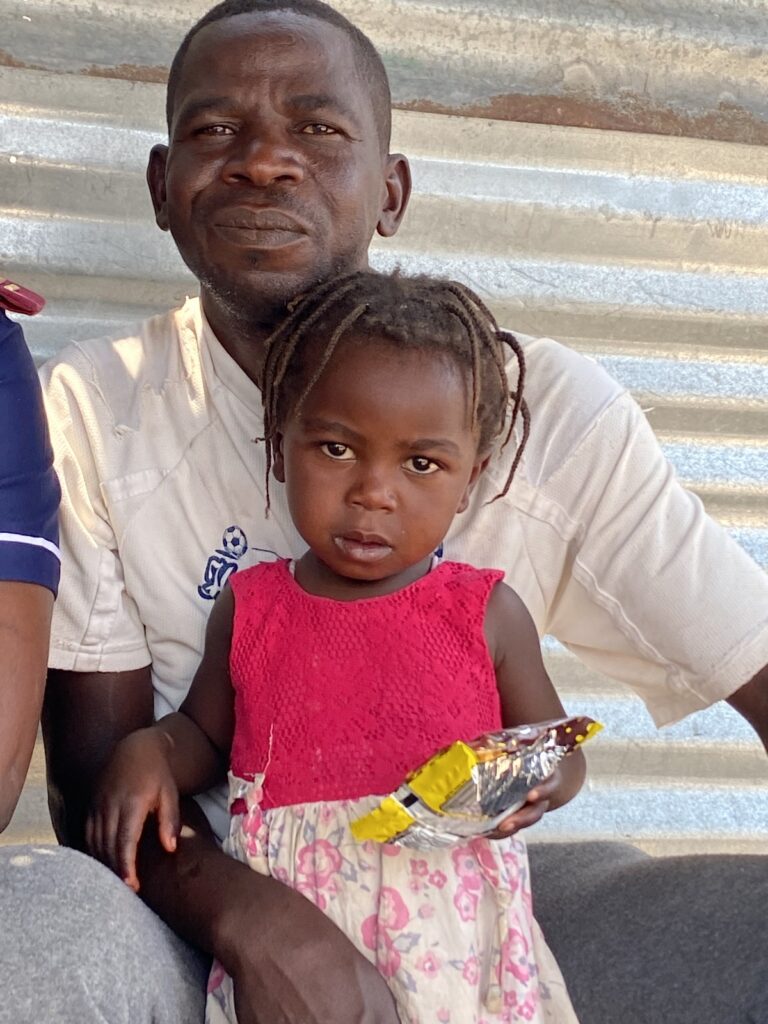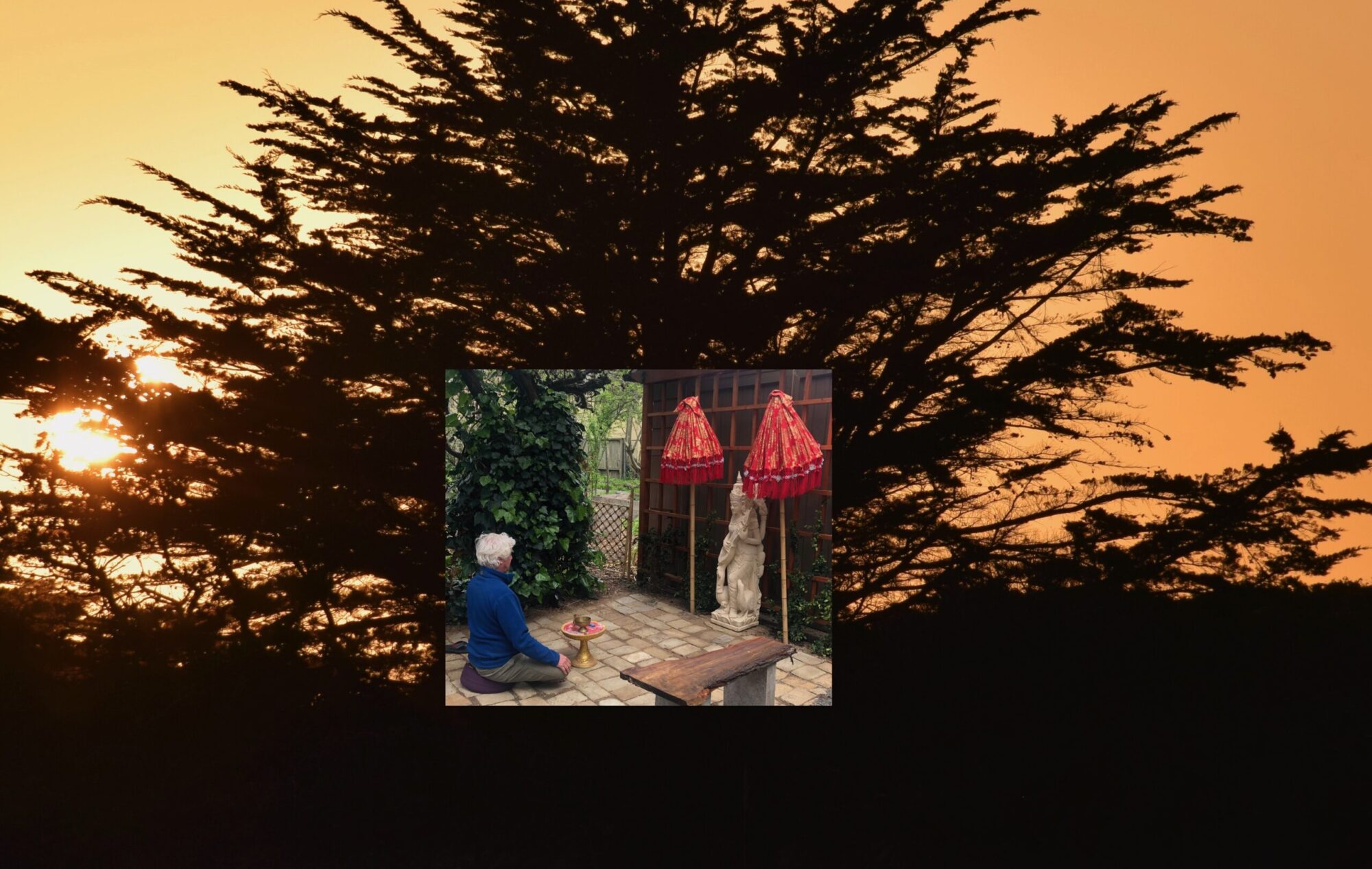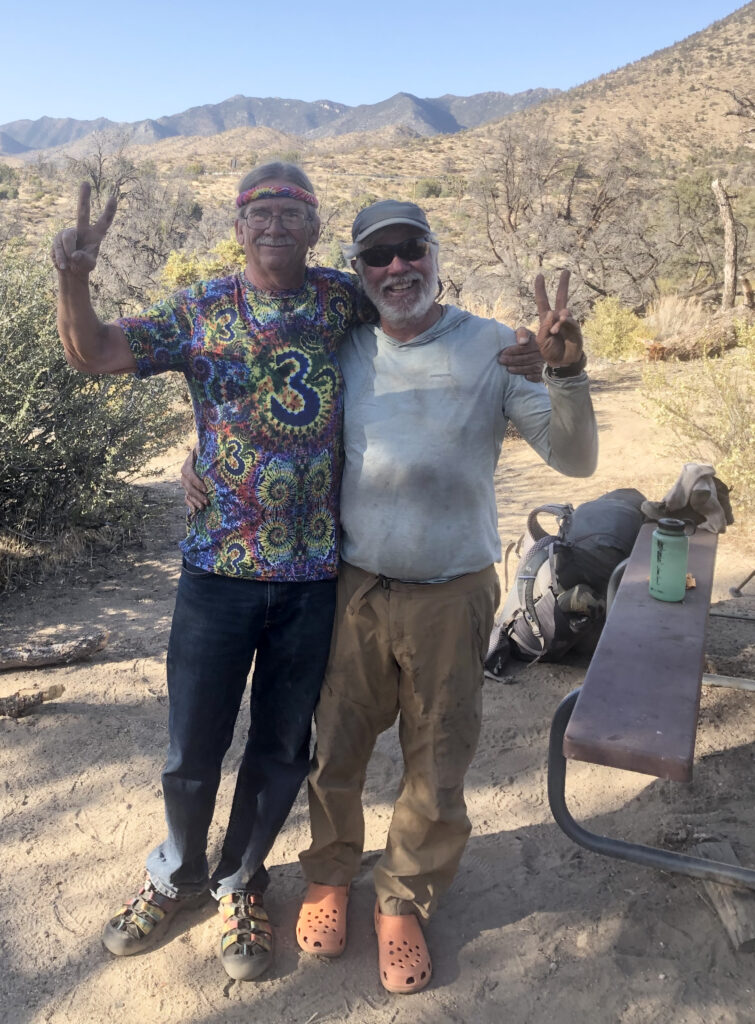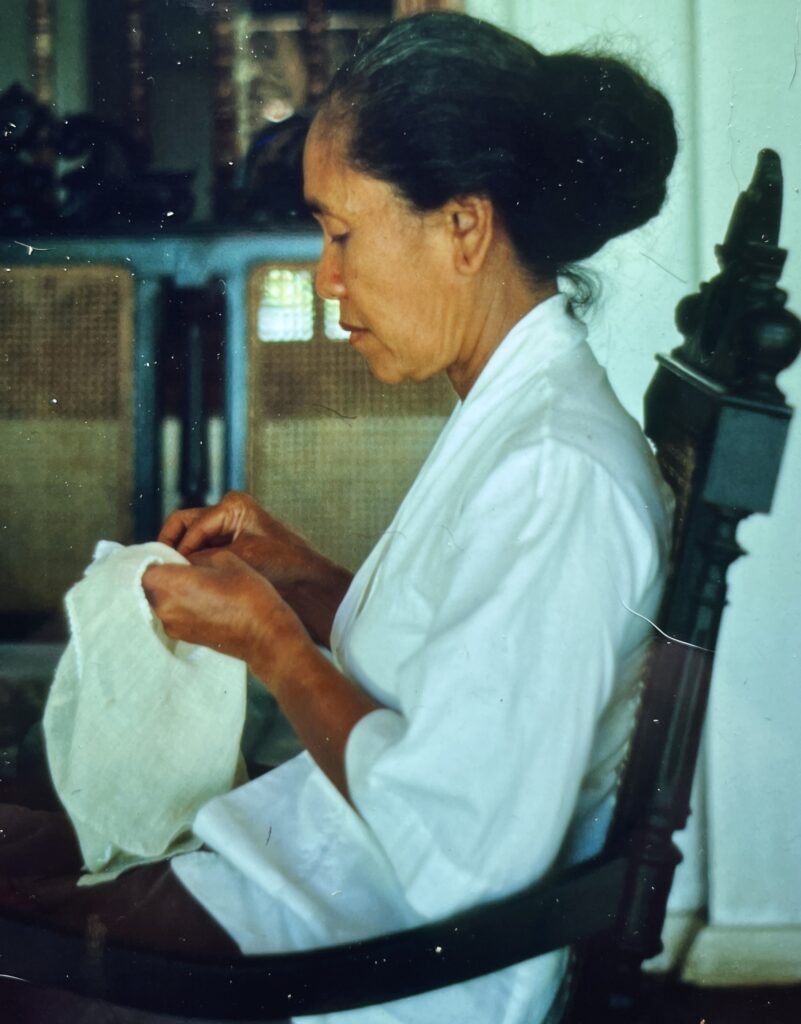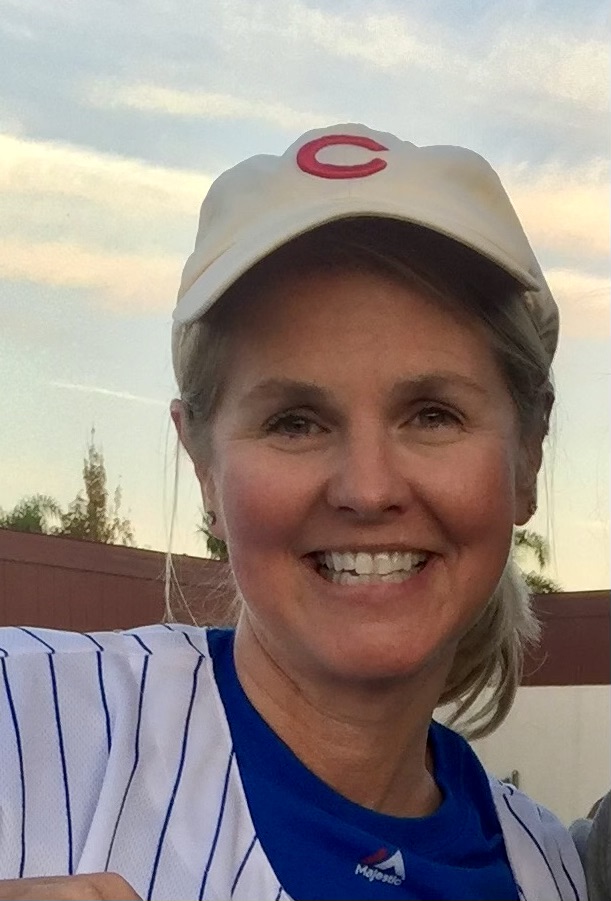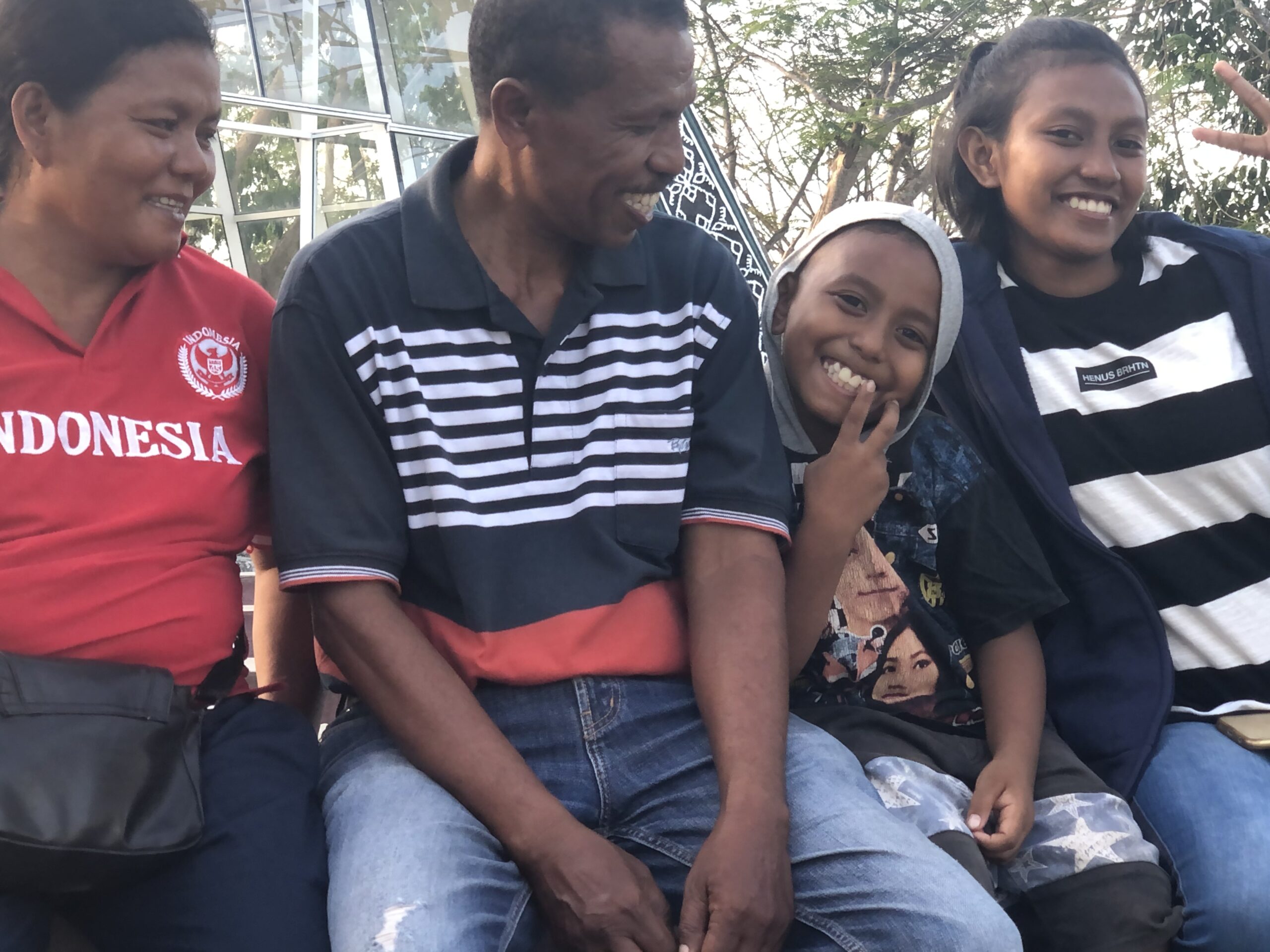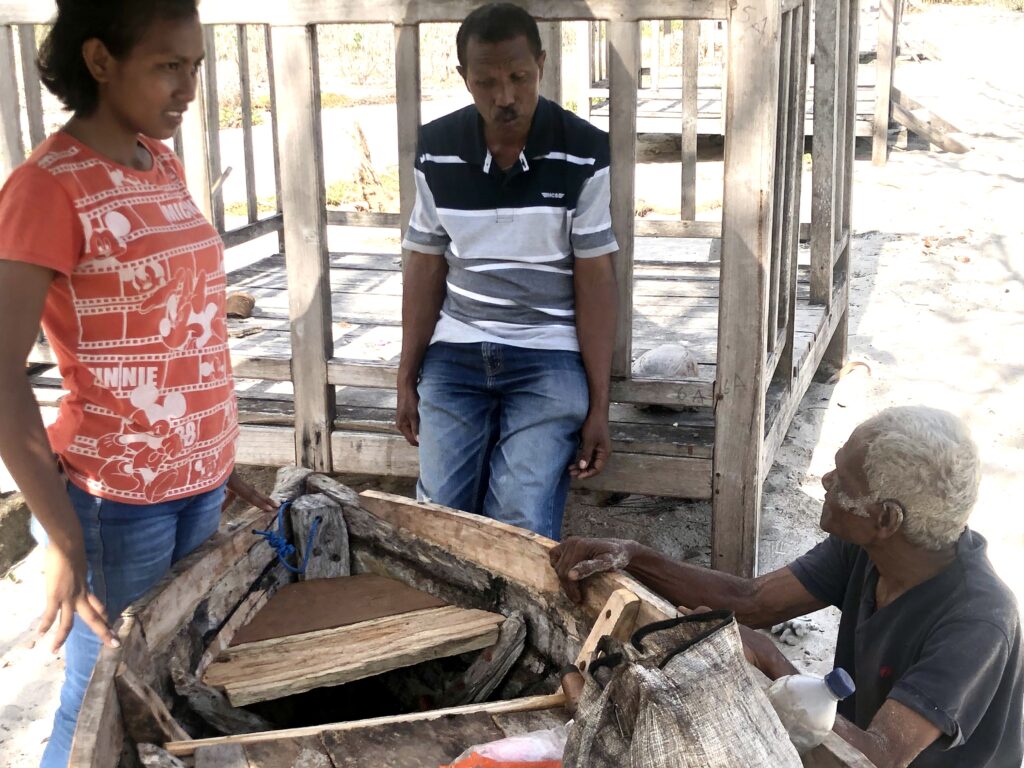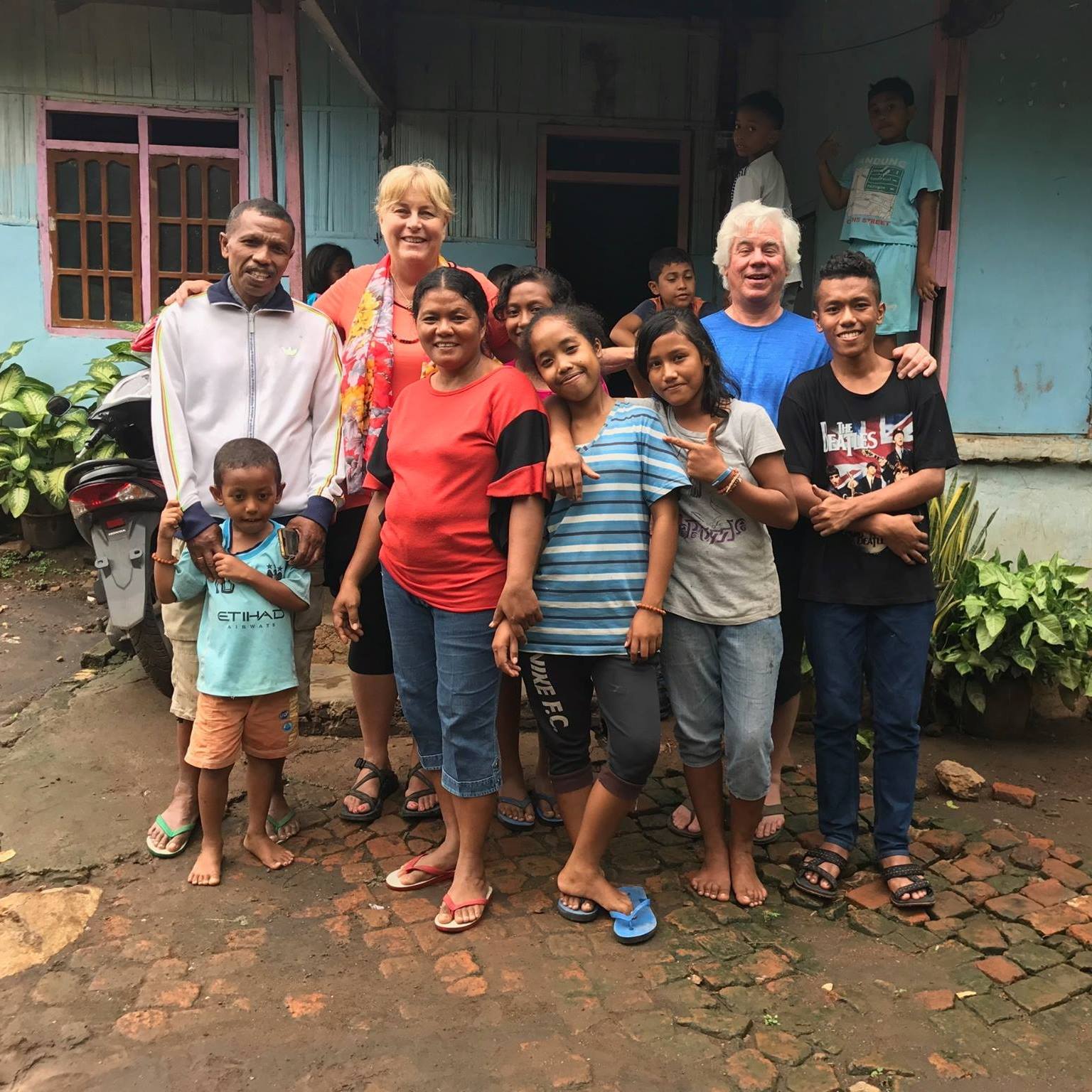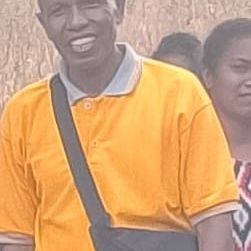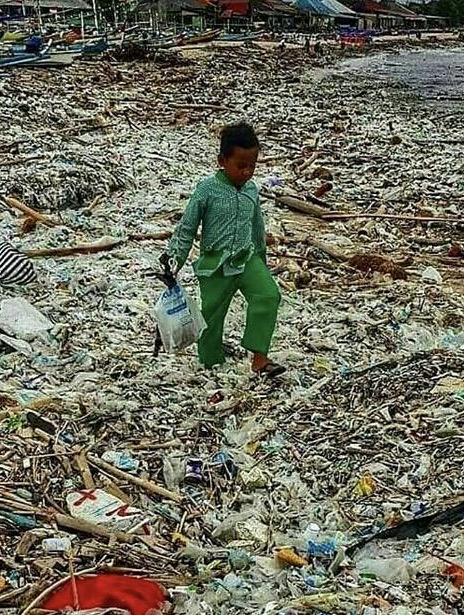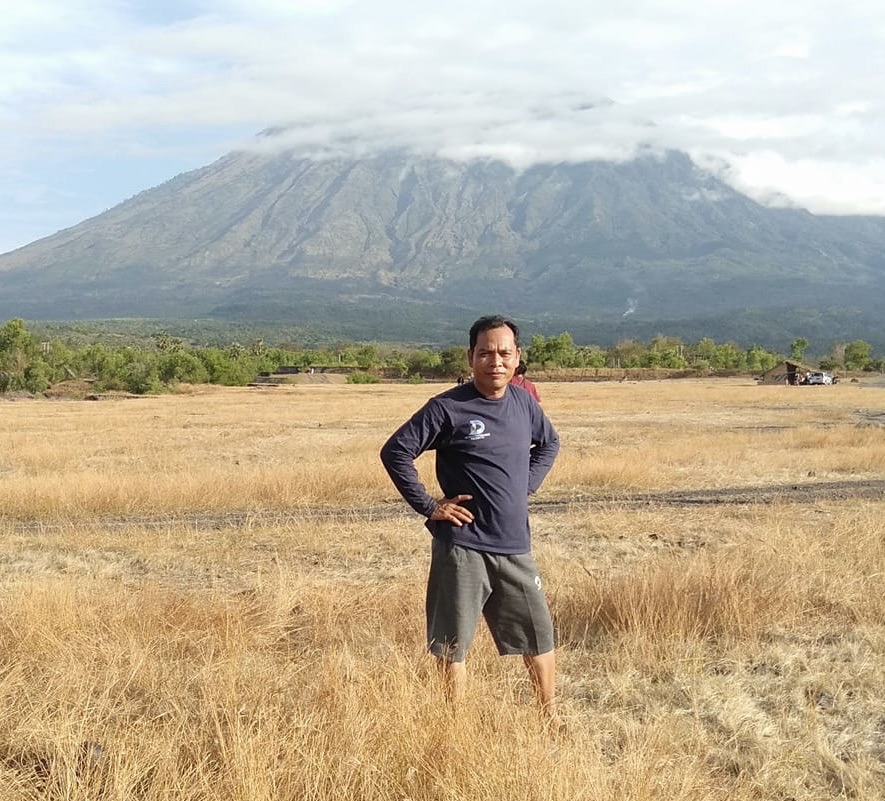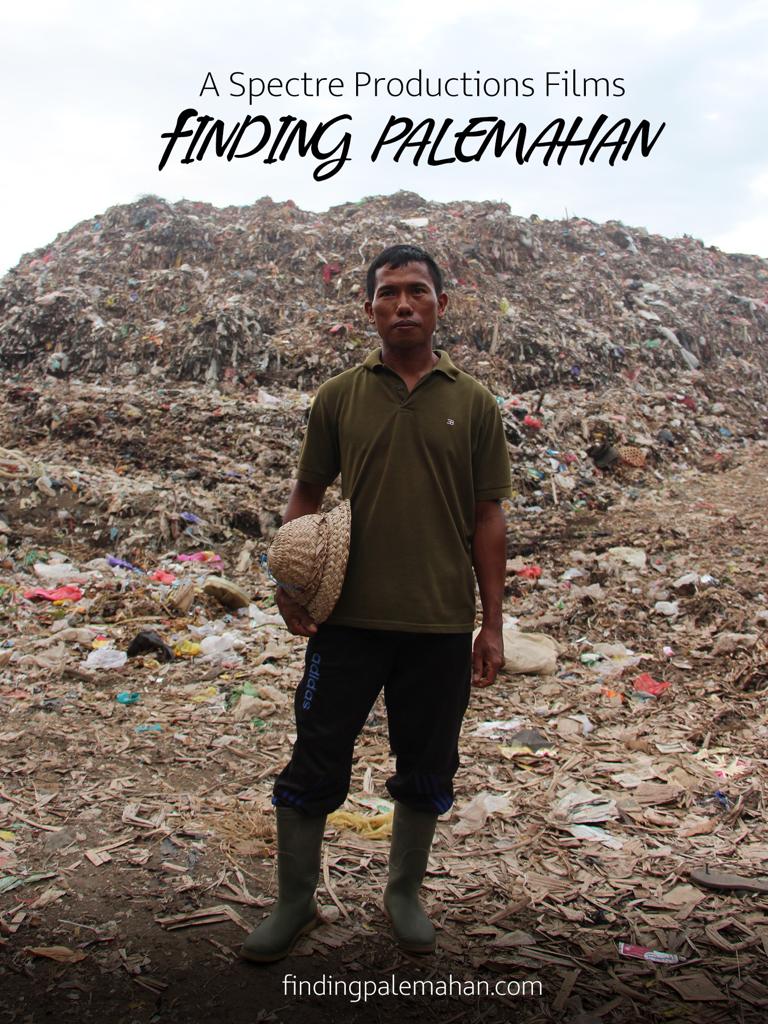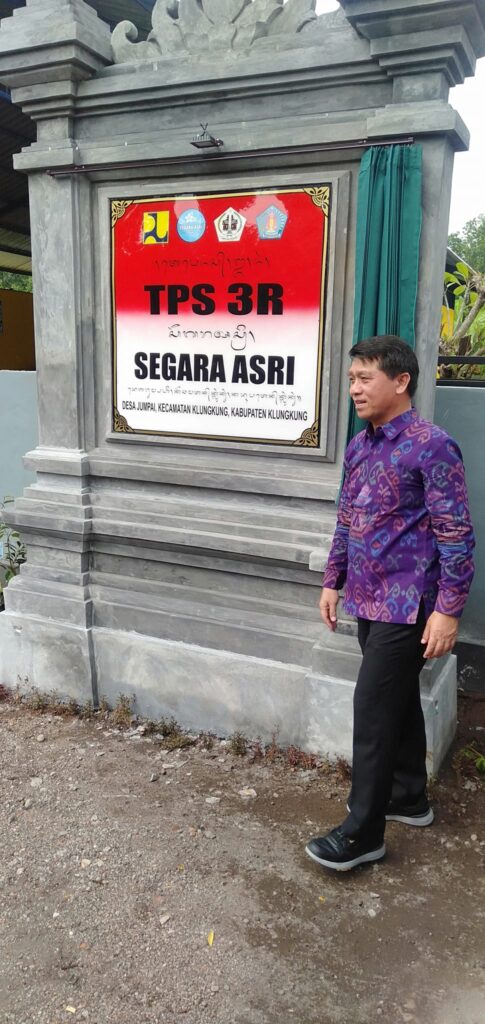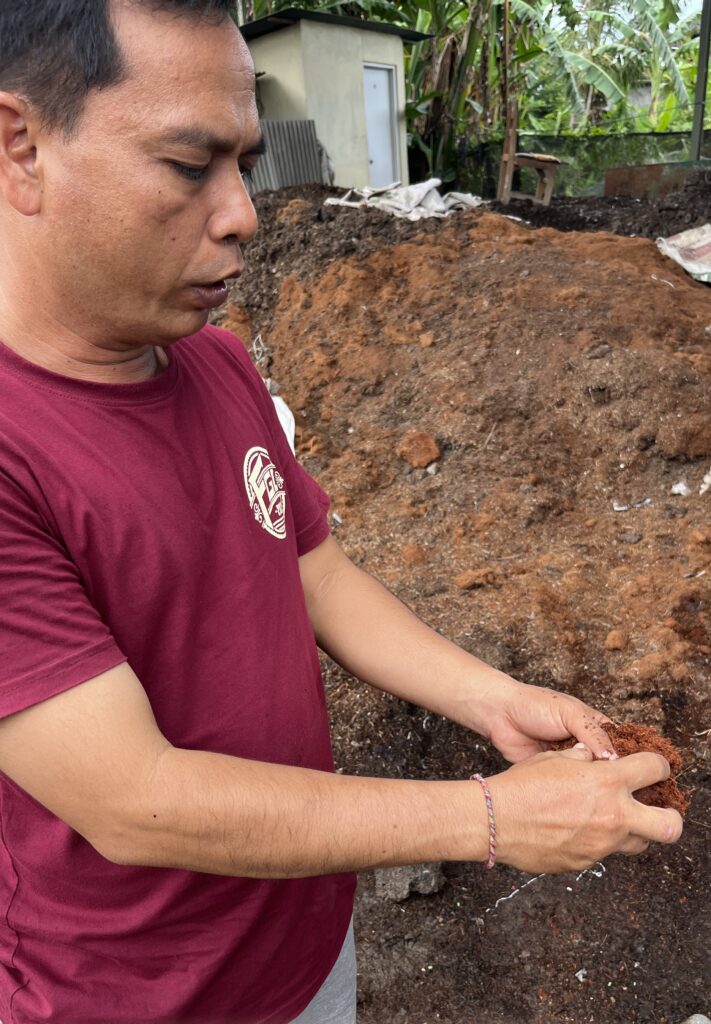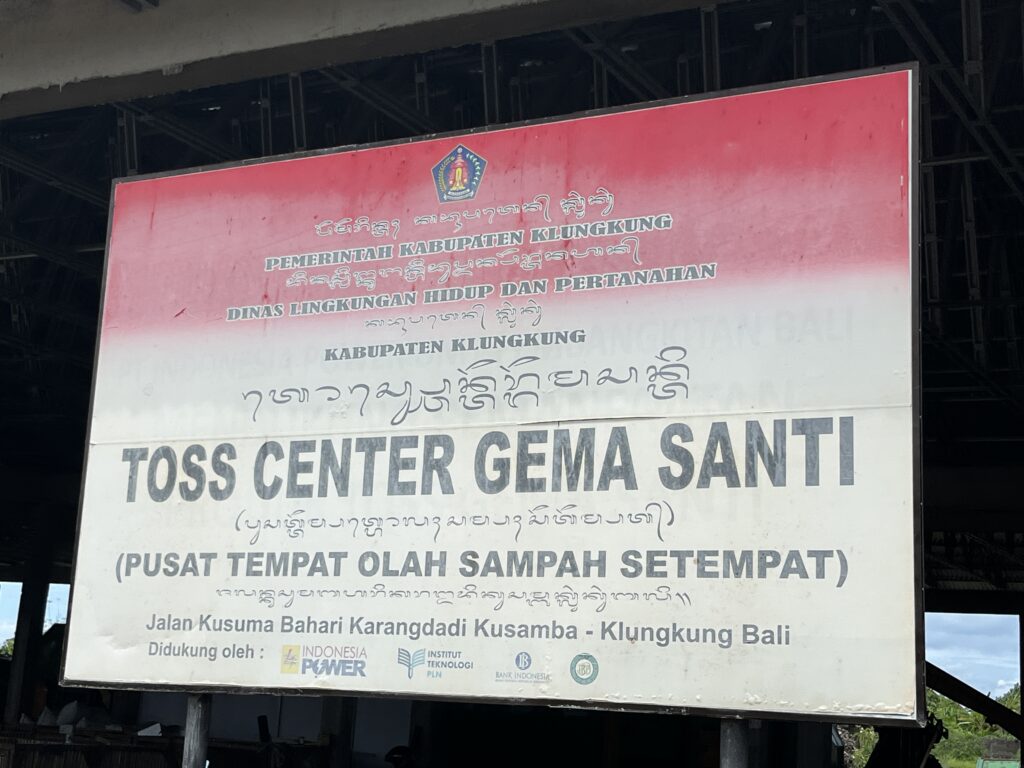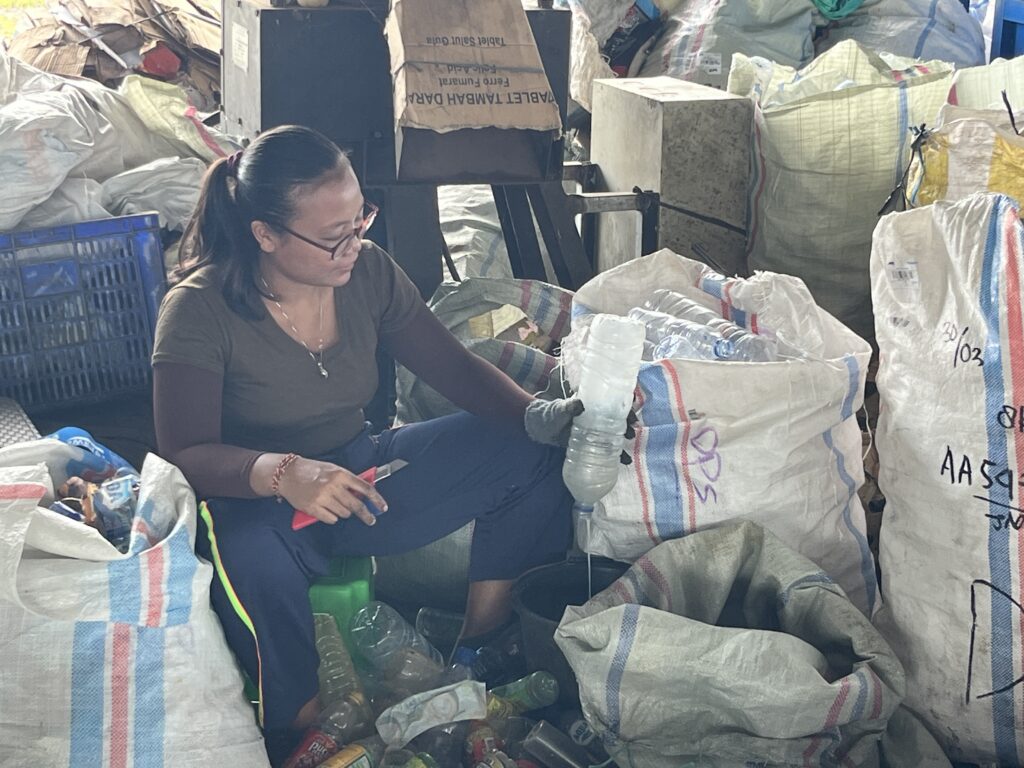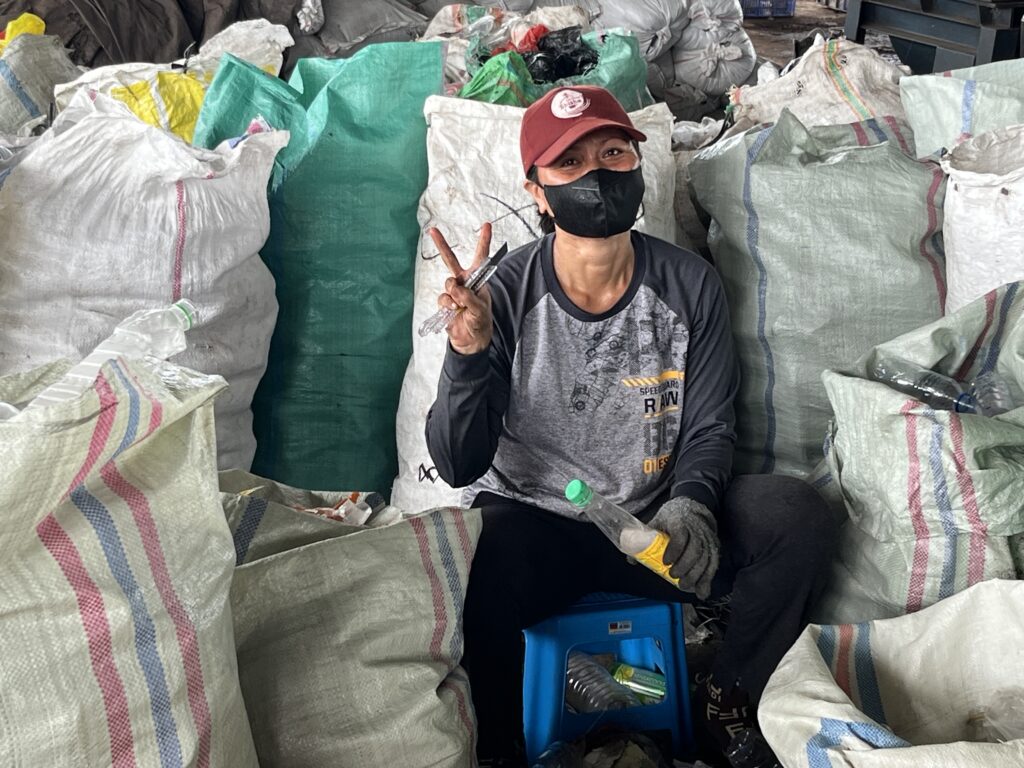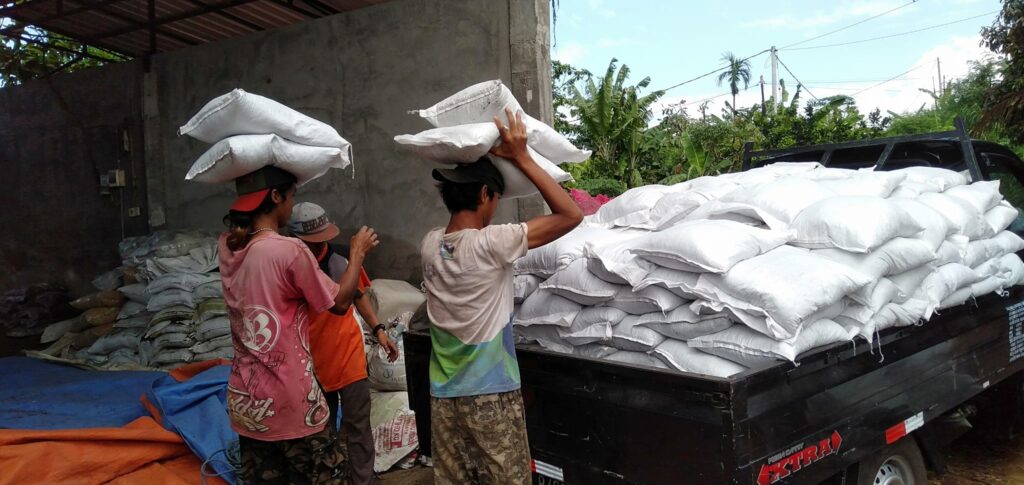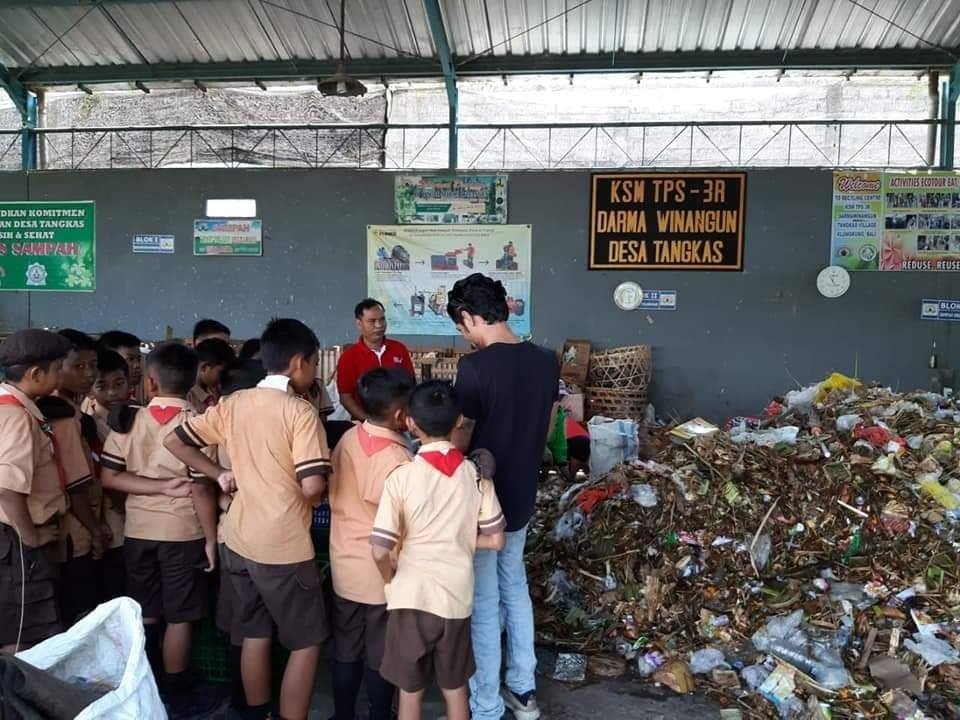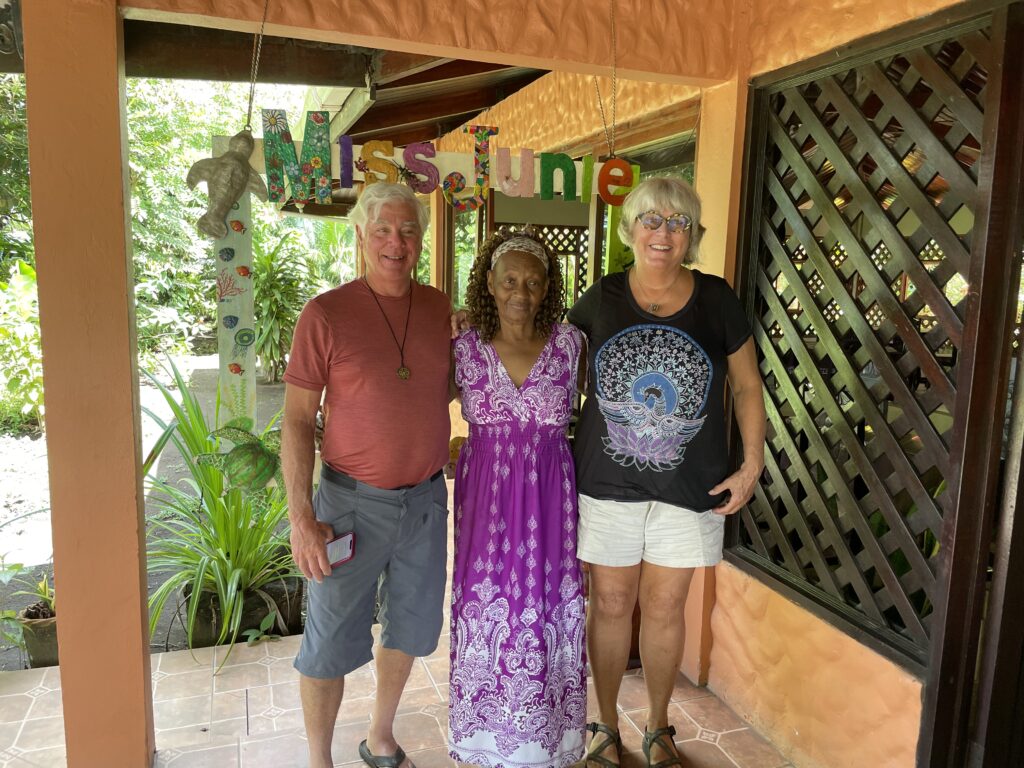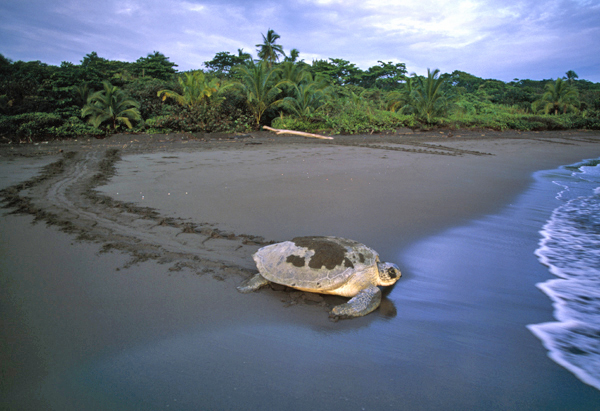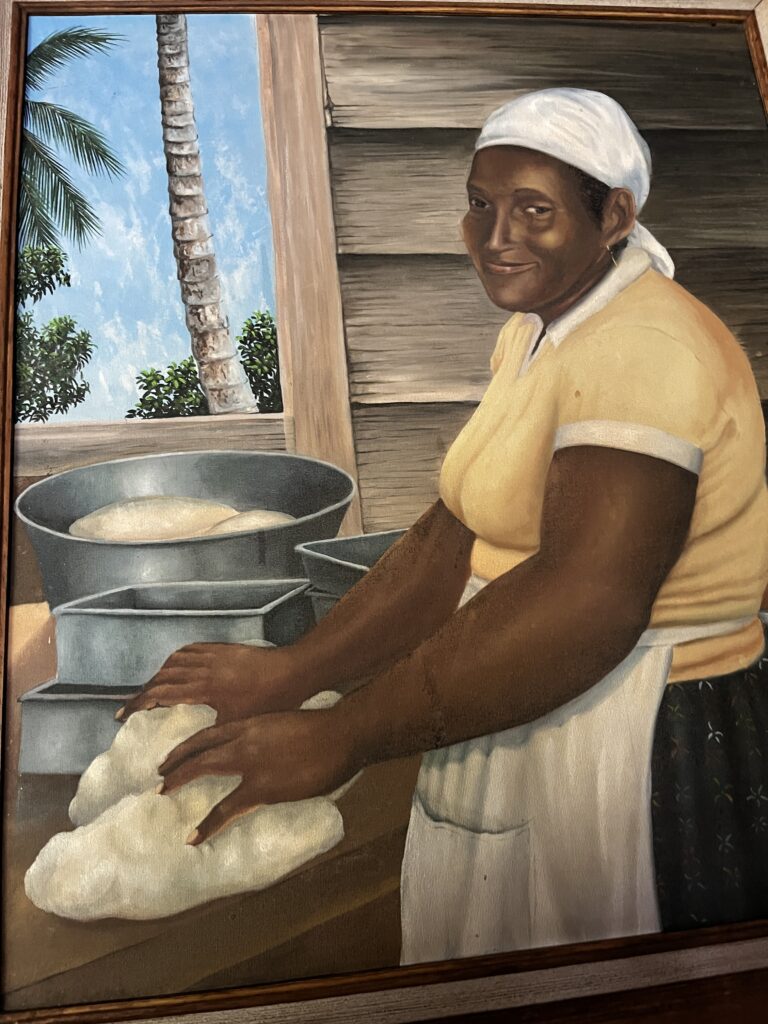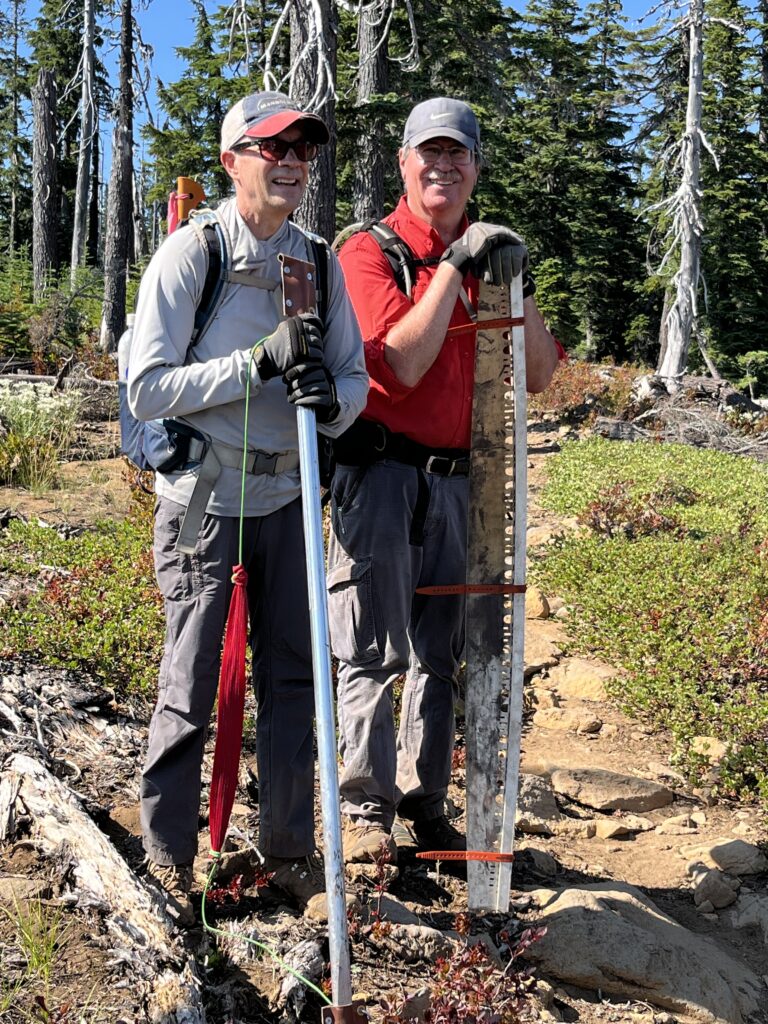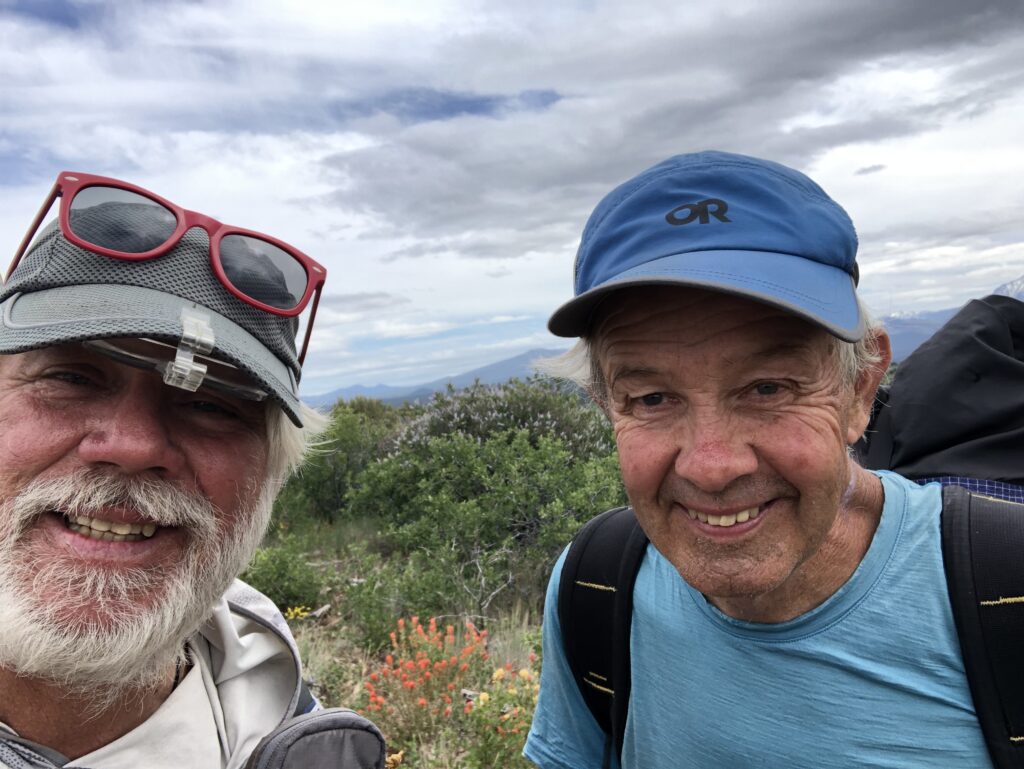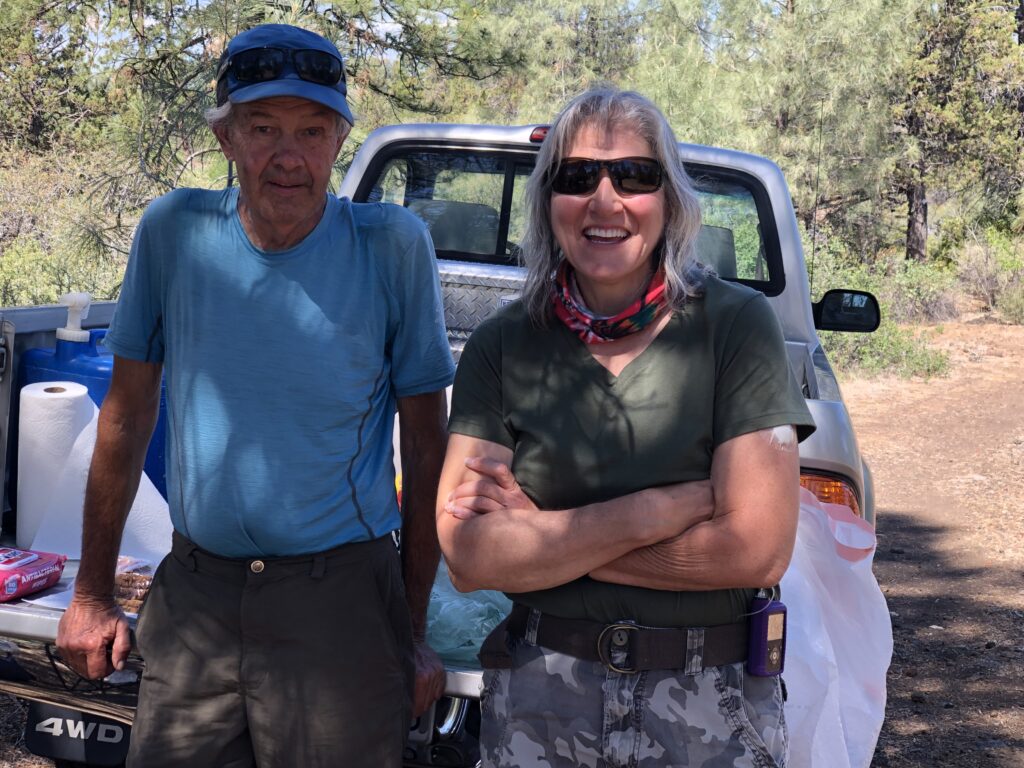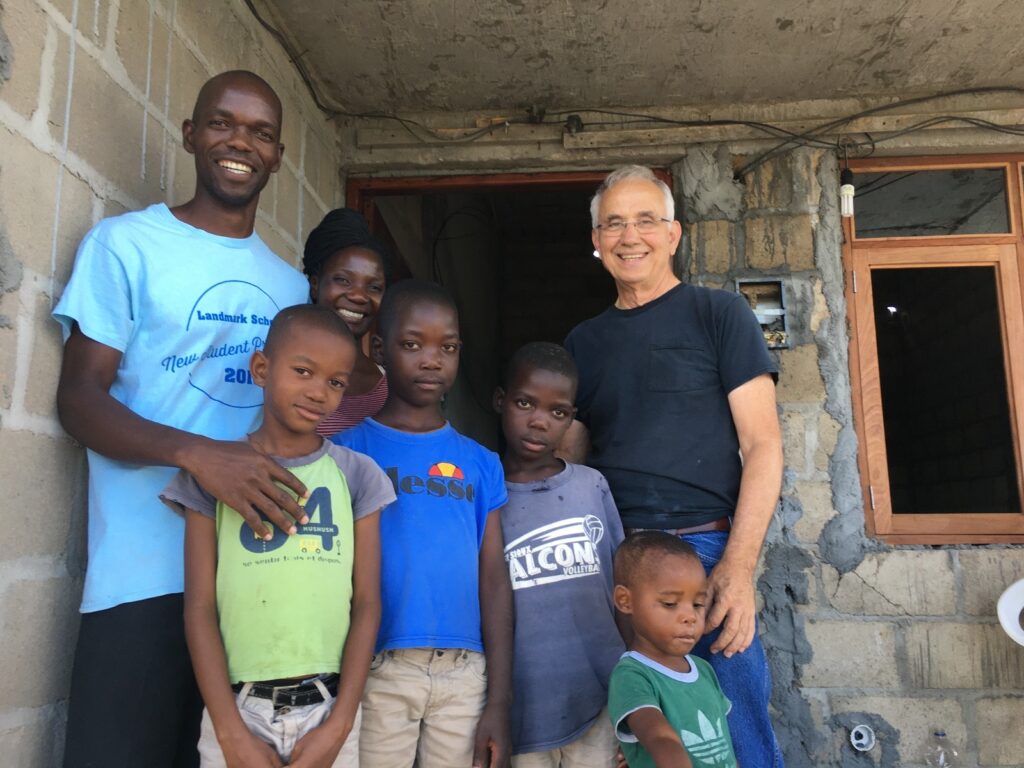
During the thick of the AIDS crisis, my friend Dr. Peter Kerndt helped saved thousands of lives as the Director of the HIV/AIDS and TB Programs at the Los Angeles County Public Health Department.
After serving nearly 30-years as an infectious disease expert, you’d figure that Peter had earned a relaxing retirement. But did he head to the golf course? Nope, he flew to Africa and began working to stem the AIDS epidemic, which was sweeping through the continent, killing millions of people, wrecking the economy and destabilizing governments. The program was launched by the second President Bush, and it may be one of the most successful humanitarian projects in modern history.
I knew next to nothing about America’s African AIDS eradication program. But about five years ago I met Peter, and he told me about the work he was doing. Anyone who lived through the 1980’s and 90s and observed the death and suffering of loved ones and friends who were infected with HIV and AIDs knows deadly it was. Even when drugs were developed to fight AIDS, they were at first ineffective not to mention extremely expensive. That’s why I was knocked over when Peter told me that now America’s program could stop AIDs by providing a daily pill that costs less than 30-cents a day. The challenge was to build a distribution system to deliver that medicine to people throughout Africa. Peter is about as calm and competent as they come, but this was a massive logistical challenge. He and his colleagues worked over years with national health ministries in African countries to slowly build an effective medicine delivery network. As of today, America’s African AIDS program has saved more than 23 million lives.
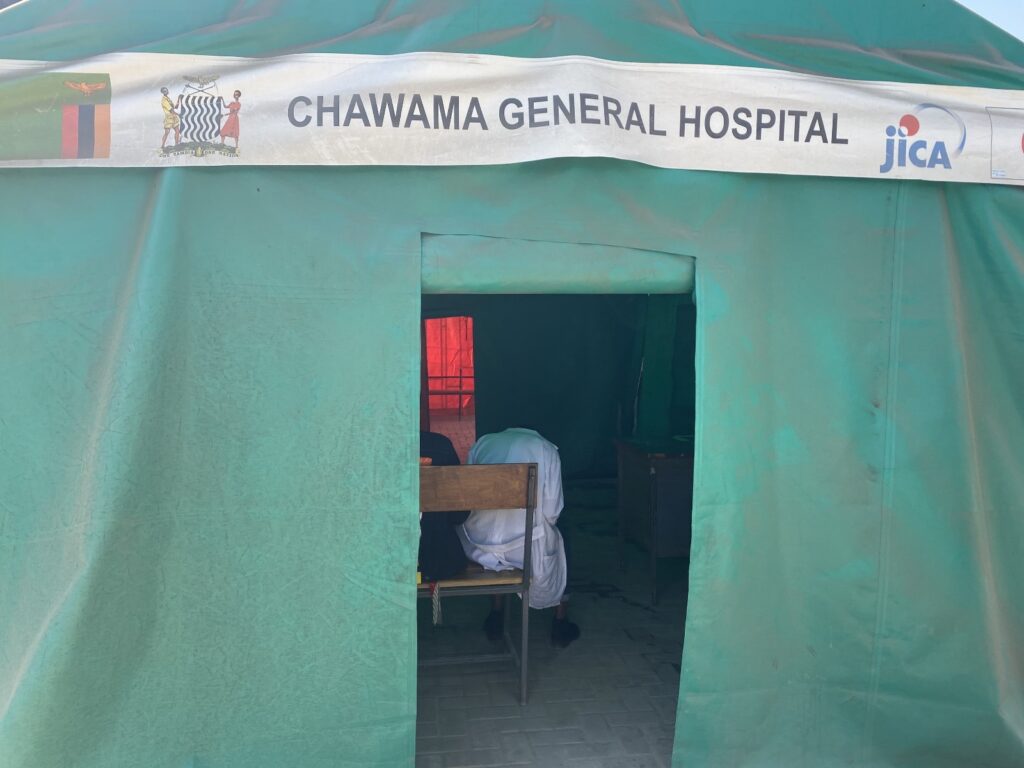
But Peter didn’t stop there. He moved on to fight the killer disease Tuberculosis (TB) which is otherwise known as the “White Death.” TB is an infectious disease that kills more than 1.5 million people a year or about 4,000 humans per day. Using their experience and connections from the AIDS program, Peter and his team began attacking this deadly scourge. There’s no vaccine, but the disease can be eradicated with antibiotics. Utilizing their existing network in Africa and other parts of the world Peter and his colleagues developed a plan to eradicate TB from the face of the earth by 2030.
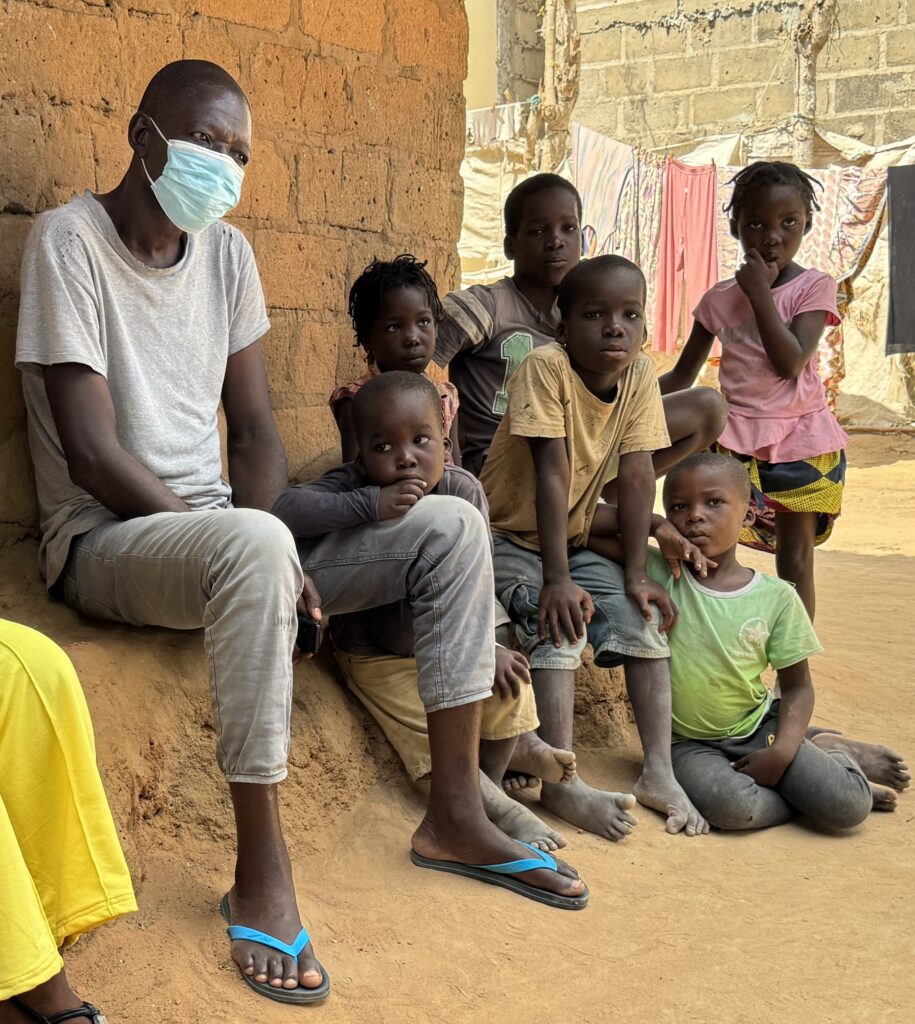
Up until two weeks ago, Peter worked for USAID, the agency through which these humanitarian programs were administered. But as you may have read, President Trump and Elon Musk took a chainsaw to USAID and fired Peter, thousands of his colleagues and destroyed these lifesaving programs. According to Peter these cuts already have taken a toll.

Trump and Musk wanted to save money, about $ 2 billion all together. And how would they use the money instead? Trump and the Congressional Republicans already have a plan. They will use the money to cut taxes primarily for billionaires. Sadly, this is not a joke. You can do your own research to verify it.
What is the actual price tag for Trump and Musk’s actions?
“People infected with TB and HIV will not be able to obtain their medicine. Their diseases will worsen, they will become very sick, and many millions will die,” said Peter. “These are totally preventable deaths that will now occur because the projects were terminated.”
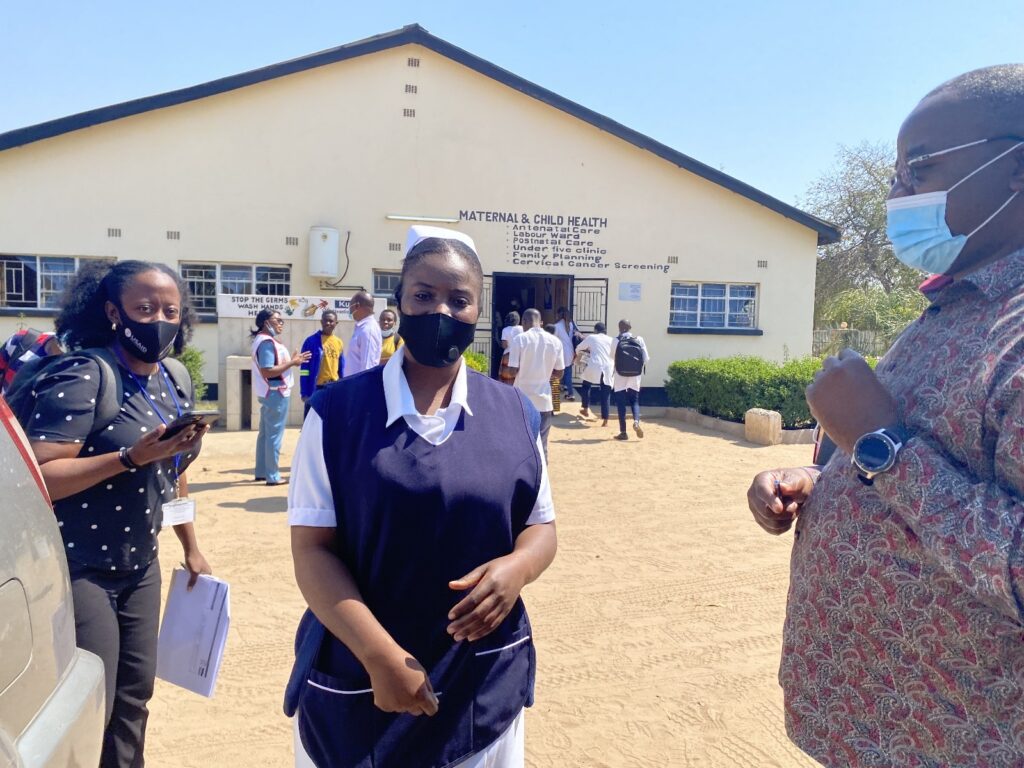
Some people might say: “Sorry but this isn’t America’s responsibility.” It’s dreadful to hear such a heartless response in the face of such vast human suffering. The humanitarian benefits alone justify the cost of the program. But the national interest also suffers because these programs delivered very real and very deep appreciation from millions in Africa and around the world. How would you feel about a country that saved your husband and your daughter from a horrible death from TB? You would never forget; you would be eternally grateful. Multiply that sentiment by tens of millions and you can see how our national security is enhanced. Peter and his colleagues and the American taxpayers who supported them are true heroes. We can only hope that the chaos and cruelty that terminated their work will be reversed.
